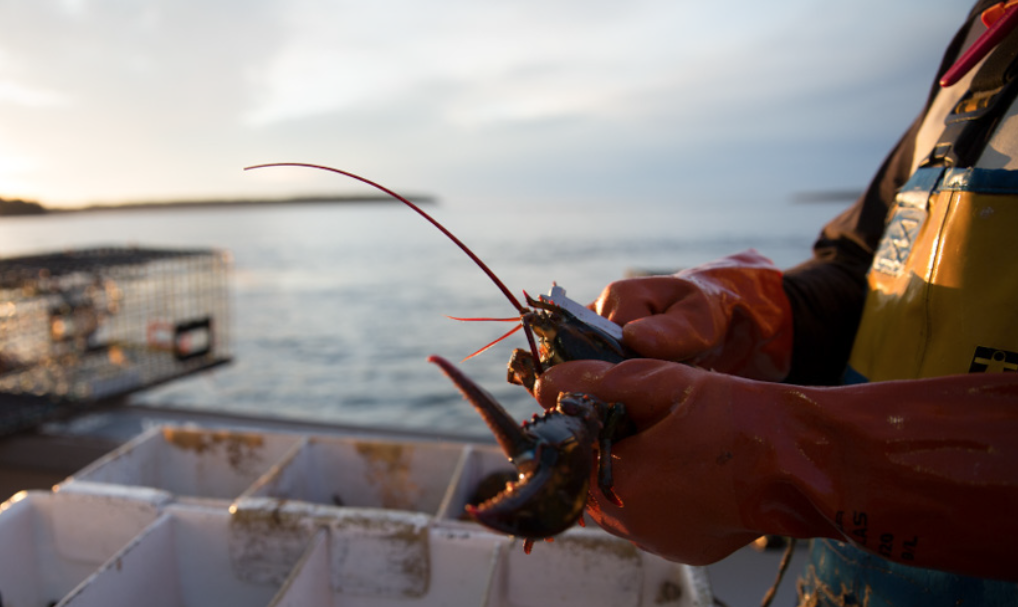After months of speculation and hand-wringing, Northeast lobstermen got a clear message from NMFS at the federal Atlantic Large Whale Take Reduction Team meeting last week: Make drastic changes, or we'll do it for you.
"On day three of the TRT meeting, NMFS Deputy Assistant Administrator Sam Rauch… did not mince words in stating that the TRT’s job is to identify measures to reduce right whale serious injury and mortality from lobster gear by 60-80 percent," said Maine Lobstermen's Association Executive Director Patrice McCarron in an April 29 letter to members. "He was clear that the TRT meeting gave the fishing industry its opportunity to shape how that reduction is achieved. If we failed that task, NMFS would begin rulemaking without our advice and decide for us."
The 64-member team — established in 1996 under the Marine Mammal Protection Act — includes East Coast fishermen and associations representing fixed-gear fisheries, fishery managers, environmental organizations and scientists. Maine's lobster industry holds four seats on the team, including McCarron's.
"Maine agreed to reduce its risk to right whales by 60 percent as long as other states and lobster fishing areas agreed to do the same," McCarron wrote. "To achieve this, Maine has committed to a 50 percent reduction in vertical lines."
The four-day meeting included consideration of ropeless lobster traps, which have caused concerns across the industry for reasons including, expense, weight and ghost gear.
“While this is a heavy lift for Maine’s lobster industry, it could have been far worse,” Department of Marine Resources Commissioner Patrick Keliher said. “Many TRT participants pushed for ropeless fishing, large-scale closed areas and drastic trap reductions.”
Calls for ropeless traps rose as whale interactions with fixed-gear fisheries in Canada peaked in 2017 and again when NOAA's Northeast Fisheries Science Center released a flawed study (based on outdated gear) ahead of the last Take Reduction Team meeting in October.
Maine's plan will also include using weaker rope higher in the water column, unique markers for Maine buoy lines and improved reporting. This combined strategy, McCarron noted, will not only reduce any possible risks to right whales in Maine waters, but the gear markers will also improve federal documentation of which gear types are entangling right whales. Sightings of right whales are rare among Maine's lobstermen, whose grounds are largely inshore.
"There were some hard-fought battles along the way aimed at ensuring a viable Maine lobster fishery both for today’s lobstermen and for future generations," McCarron wrote.
Read the full letter to the Maine Lobstermen's Association membership.







